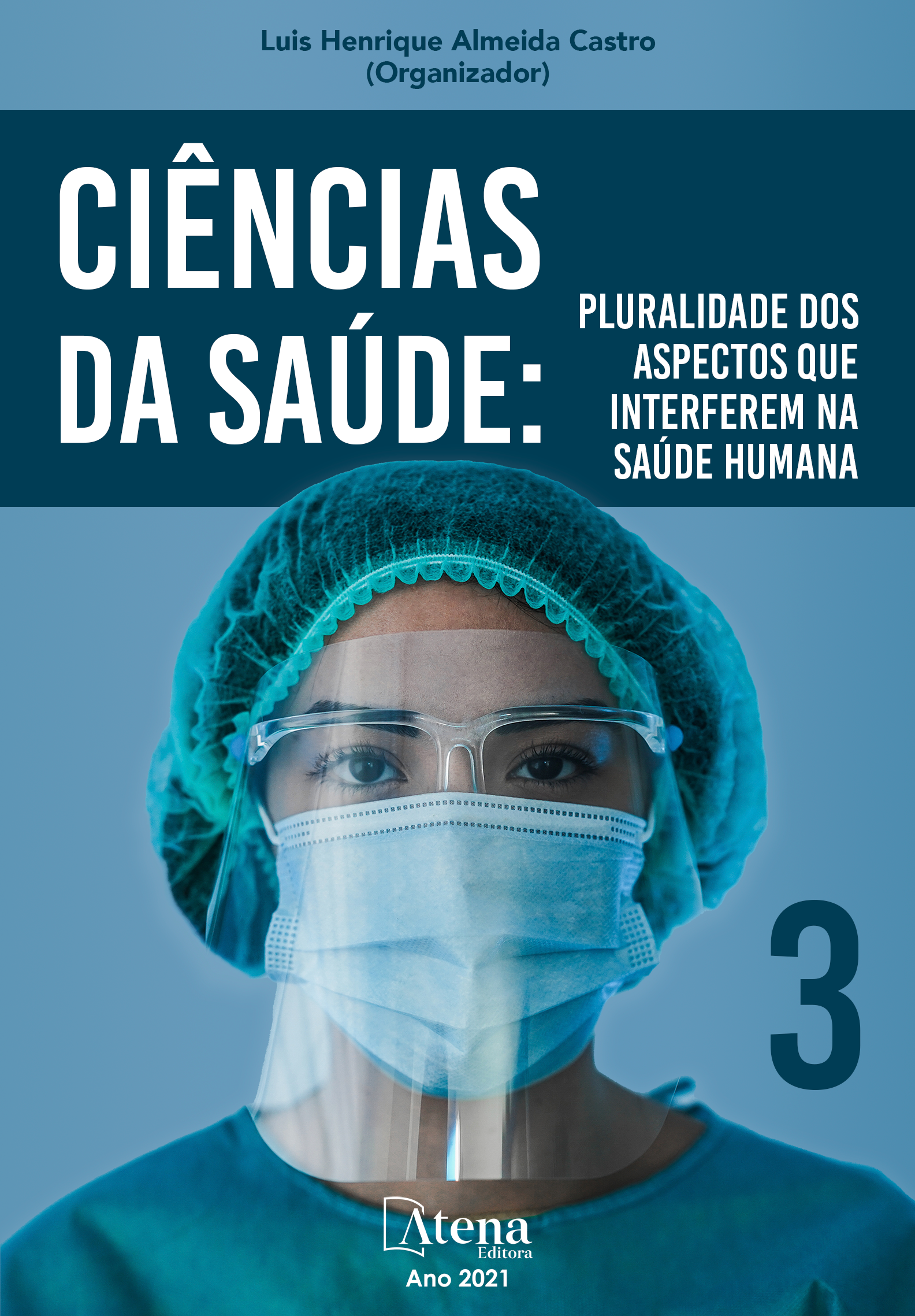
CONHECIMENTO E PREVENÇÃO DO CÂNCER DE PELE EM TRABALHADORES RURAIS: REVISÃO BIBLIOGRÁFICA
Os trabalhadores rurais apresentam alta taxa para desenvolvimento do câncer de pele, por consequência do trabalho ao ar livre com exposição aos raios UV, responsável por cerca de 90% do câncer de pele do tipo não melanoma. O objetivo desse estudo foi descrever o nível de conhecimento a respeito do câncer de pele em trabalhadores rurais e as principais medidas preventivas adotadas e descritas nas literaturas já existentes. A análise da literatura foi realizada por meio das bases de dados SciELO, MEDLINE, PUBMED, LILACS, PEDro e Cochrane durante os meses de junho a julho de 2021. Utilizando os Descritores: prevenção de doenças, neoplasias cutâneas e população rural. Os resultados mostram o baixo nível de conhecimento sobre câncer de pele dos trabalhadores rurais, e que esse fator está associado a idade e escolaridade. A maioria não fazem o uso correto do filtro solar, como também grande parte estão expostos aos horários de maior incidência, diante a análise, em mais de 50% dos estudos sobre os comportamentos preventivos foi visto que os trabalhadores fazem uso de pelo menos um equipamento de proteção individual. Conclui-se que o difícil acesso as informações nas localidades rurais contribui para um baixo índice de conhecimento a respeito do câncer de pele, e as medidas de prevenção mais usadas foram: as roupas com mangas longas, calça comprida, óculos escuros e chapéus, e o protetor solar foi o menos utilizado devido a difícil aceitação e a falta de conhecimento sobre a sua aplicabilidade e benefícios.
CONHECIMENTO E PREVENÇÃO DO CÂNCER DE PELE EM TRABALHADORES RURAIS: REVISÃO BIBLIOGRÁFICA
-
DOI: 10.22533/at.ed.83921130918
-
Palavras-chave: Prevenção de doenças, Neoplasias cutâneas e População rural.
-
Keywords: Disease prevention, Skin neoplasms and Rural population.
-
Abstract:
Rural workers have a high risk rate for developing skin cancer because they spend long periods exposed to solar radiation. As a result, outdoor work has exposure to UV rays, being responsible for about 90% of non-melanoma skin cancer. . The aim of this study was to describe the level of knowledge about skin cancer in rural workers and the main preventive measures adopted in those described in existing literature. Literature analysis was performed using the databases SciELO, MEDLINE, PUBMED, LILACS, PEDro and Cochrane during the period 2012 to 2020. Using the Health Science Descriptors (DeSC / MeSH): disease prevention, skin neoplasms and rural population. The results show the low level of knowledge about skin cancer among rural workers, and that this factor is associated with age and education. Most workers do not make the correct use of sunscreen, as most of them are exposed to the hours of greatest incidence, given the analysis, in more than 50% of studies on preventive behaviors it was seen that workers use at least personal protective equipment. It is concluded that the difficult access to information in rural locations contributes to a low level of knowledge about skin cancer, and the most used preventive measures were, clothes with long sleeves, long pants, sunglasses and hats, and sunscreen was the least used due to its difficult acceptance and lack of knowledge about its applicability and benefits.
-
Número de páginas: 15
- Zaira Rodrigues Magalhães Farias
- Rhaiana Patricio e Silva Araujo
- Pedro Vitor Guimaraes da Cruz
- Elane Silva dos Santos
- Daniele Pinheiro Victor
- Andreza Gabrielly de Sousa Gama
- Amanda Cilene Silva Falcão
- Luísa Maria Antônia Ferreira
- Thalyta Oliveira Freitas


